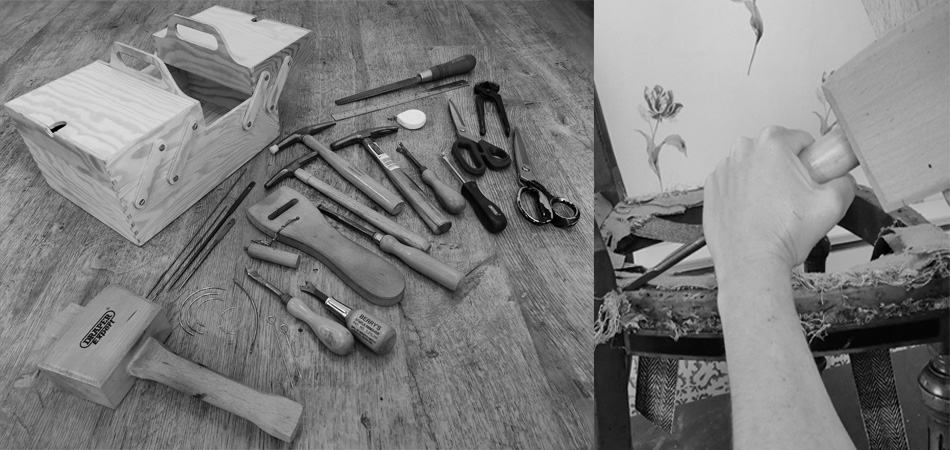
Traditional upholstery
Traditional upholstery is a laborious process that requires skill and paying particular attention to form and detail. The end result of this quality workmanship is an item of upholstered furniture that is pleasing to the eye, comfortable, functional and durable.
The upholstery process
The process of traditional upholstery involves a series of steps applied in a defined sequence. Yet, every individual type of antique seating would need to be approached differently, depending on period of the item of seating, frame shape and lines, and also determined by what part is being upholstered (seat, arm, inside back and outside back). read more.....
Caring for your item
Antique furniture restoration and re-upholstering are both expensive. Here are a few tips to protect your item as much as possible. read more.....
Traditional upholstery
Traditional upholstery techniques have evolved considerably over time. In the 17th century, the upholstery was simple, consisting of basic fixed padding using all sorts of stuffing. The technique was then refined in later years. This was done by securing the stuffing in twine ties, tufting and using edge rolls, resulting in more elegant and defined shapes. Expertly executed upholstery was applied throughout the 18th century, becoming more intricate, both in form and technique, during the 19th century.
During the Victorian period, greater emphasis was placed on creating more comfortable upholstered seating as a result of changing fashions and chair frames. An improvement was seen in edge stitching, combined with the introduction of springing, lashing, deep buttoning, and increased top covering decoration. Following the opulent luxury typical of the Victorian era, a return to simple upholstery is seen at the turn of the century during the Arts and Crafts movement, such as pin stuffed upholstery, resulting in simpler lines.
To this day, the techniques and hand tools, similar to what would have been used during the 19th century, are more or less still applied for re-upholstering antique seating furniture. Different natural materials and fillings are used nowadays that comply with fire retardancy requirements. Traditional upholstery is much more complicated than modern foam-based upholstery, which is never to be used on antique furniture.


Copyright © 2025 The Sitting Place®. All Rights Reserved.


